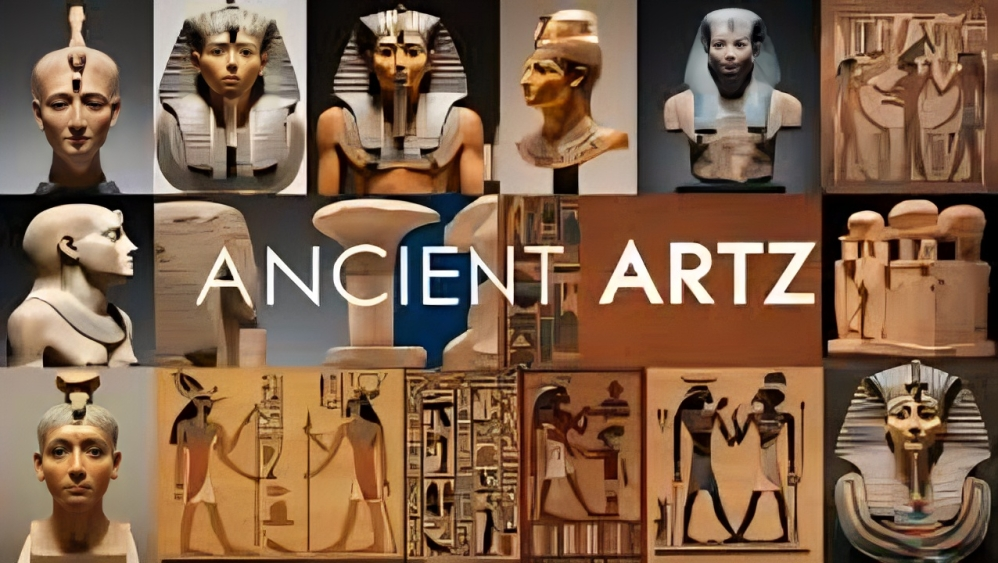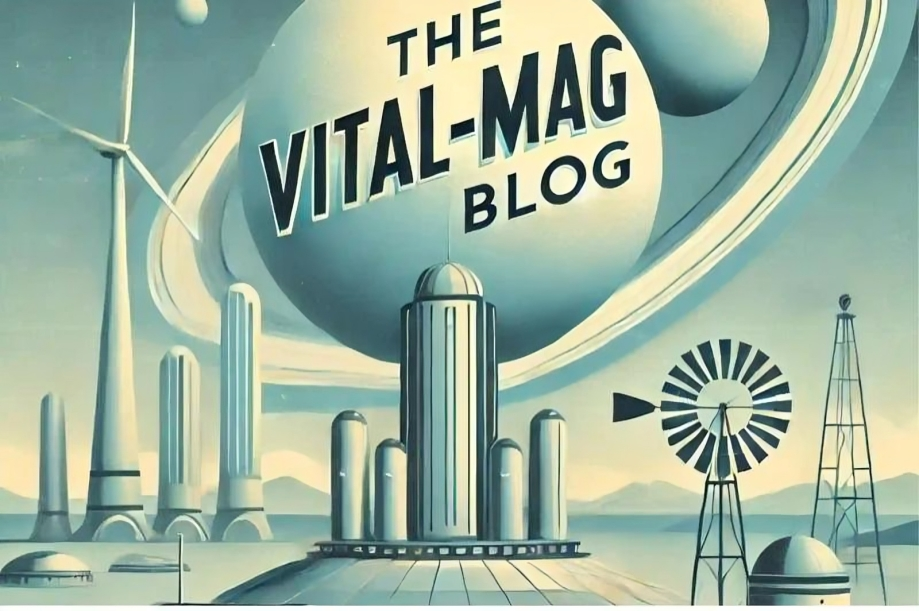Introduction to Ancient Art
Art is a window into the soul of humanity. Ancient art, in particular, reveals the thoughts and beliefs of civilizations long gone. From the earliest cave paintings to grand architectural wonders, these artistic expressions tell stories that transcend time.
Imagine standing before a vibrant mural etched on stone or admiring intricate pottery shaped by skilled hands thousands of years ago. Each piece is not just an object; it’s a glimpse into cultures rich with history and depth. These artworks serve as echoes from the past, reminding us of our shared heritage and diverse traditions.
As we embark on this journey through ancient art, we’ll uncover its evolution, significance, and lasting influence on our modern world. Join me as we explore how these timeless creations continue to resonate today.
Evolution of Ancient Art: From Cave Paintings to Monumental Structures
Ancient art has a fascinating journey that begins deep within the heart of caves. Early humans expressed themselves through simple yet powerful cave paintings. These early works often depicted animals and hunting scenes, serving both as records of daily life and spiritual symbols.
As societies evolved, so did their artistic expressions. The transition from cave walls to clay tablets marked a significant shift. Pottery emerged not only as functional objects but also as canvases for intricate designs and storytelling.
With time, monumental structures began to rise. Think of the grandeur of pyramids in Egypt or the soaring columns of Greek temples. Each structure tells stories that resonate with cultural identities and beliefs.
This evolution reflects humanity’s growing complexity, creativity, and connection to its environment. From humble beginnings to awe-inspiring creations, ancient art captures our shared history in vivid detail.
The Significance of Ancient Art: Cultural, Historical, and Religious Influences
Ancient art serves as a window into the lives of past civilizations. Each artifact tells a story, revealing cultural values and societal norms.
Take pottery from ancient Greece, for example. Its intricate designs reflect not just artistic skill but also mythological themes integral to their society. These works encapsulate beliefs that shaped communal identities.
Religious influences are equally profound in ancient art. Temples adorned with sculptures communicate spiritual devotion and offer insights into rituals and practices long forgotten. They illustrate humanity’s quest for connection with the divine.
Moreover, art has historical significance as it helps document events or transitions within societies. From cave paintings depicting hunts to grand monuments celebrating victories, these pieces preserve memories that might otherwise fade away.
In studying these artworks, we uncover layers of meaning that connect us to our ancestors across time and space. They remind us of shared human experiences despite geographical distances.
Exploring Different Types of Ancient Art: Sculptures, Pottery, Mosaics, and more
Ancient art is a vast tapestry woven from various forms of expression. Sculptures stand as monumental testaments to human creativity, capturing the essence of both sacred and secular life. From Greek marble statues to Egyptian stone carvings, these three-dimensional works tell stories that transcend time.
Pottery offers another glimpse into ancient cultures. Functional yet decorative, ceramics reveal daily life through intricate designs and symbols. Each vessel holds secrets about the people who crafted it.
Mosaics are stunning visual narratives composed of tiny pieces of colored glass or stone. They adorn floors and walls, depicting everything from mythological scenes to everyday activities.
Textiles also played a crucial role in ancient civilizations. Fabrics often featured elaborate patterns and were used for clothing as well as ceremonial purposes.
Each form contributes uniquely to our understanding of history and culture, inviting us to explore the rich diversity within ancient artistry.
Famous Examples of Ancient Art from Around the World
The world is rich with ancient art that tells stories of civilizations long gone. The intricate carvings of the Parthenon in Greece showcase the architectural brilliance of ancient Athens. Each relief depicts gods and goddesses, weaving a narrative that resonates even today.
Traveling to Egypt, we discover the magnificent wall paintings in tombs like those of Tutankhamun. These vibrant scenes depict daily life and afterlife beliefs, offering insights into Egyptian culture.
In Asia, the Terracotta Army stands as a monumental testament to Emperor Qin Shi Huang’s legacy. Thousands of lifelike warriors guard his tomb, highlighting both artistry and historical significance.
South America boasts the Nazca Lines—giant geoglyphs etched into the desert floor, their purpose still shrouded in mystery. Such examples reveal not just artistic skill but also deep connections to cultural identity and spirituality across regions.
Preservation and Restoration of Ancient Art
Preservation and restoration of ancient art are vital to safeguarding our cultural heritage. These processes ensure that the stories behind these artifacts endure through time.
Conservators use various techniques to stabilize materials, preventing further deterioration. They often work in controlled environments, controlling temperature and humidity levels to protect delicate pieces.
Restoration can be a complex task. It involves careful cleaning, repairing fractures, or reconnecting broken fragments while maintaining the integrity of the original artwork.
In many cases, advanced technology plays a crucial role. Techniques like 3D scanning help create precise replicas for display purposes without risking damage to the originals.
Public awareness is essential too. Museums often host workshops and exhibitions highlighting their conservation efforts. This encourages appreciation for ancient art’s value and fosters support for ongoing preservation initiatives around the globe.
Influence of Ancient Art on Modern Culture and Society
Ancient art continues to shape modern culture in profound ways. Its influence can be seen in contemporary visual arts, architecture, and design. Artists today draw inspiration from the colors, forms, and themes of their ancient predecessors.
In fashion, motifs from ancient textiles appear on runways across the globe. Designers often revive patterns that echo those found in Egyptian hieroglyphs or Greek pottery.
Social movements also find resonance with ancient philosophies depicted through art. The ideals of democracy illustrated by classical sculptures inspire today’s advocates for freedom and equality.
Even technology pays homage to ancient aesthetics. Video games frequently incorporate architectural styles reminiscent of Roman or Mayan civilizations.
By examining these connections, we recognize how deeply intertwined our present is with the artistic expressions of the past. Ancient art serves as a bridge between eras, reminding us of shared human experiences and aspirations.
Conclusion: Why We Should Continue to Study and Appreciate Ancient Art
The study of ancient art opens a window into the lives, beliefs, and cultures of our ancestors. It fosters a deeper understanding of human creativity and expression that transcends time. By exploring these works, we uncover stories etched in stone, painted on cave walls, or crafted from clay.
Appreciating ancient art is not just about admiring skillful craftsmanship; it’s about recognizing the values and ideas that shaped civilizations. This connection to history enriches our present experience and informs how we view contemporary issues.
Moreover, as globalization accelerates cultural exchange today, ancient art reminds us of the unique narratives tied to different peoples around the world. Each piece carries with it lessons learned through trials and triumphs that can guide current generations.
Preserving this heritage ensures future explorers have access to these remarkable artifacts. Whether you are an artist seeking inspiration or simply someone curious about where humanity originated its creative impulses, engaging with ancient art provides valuable insights.
As stewards of culture and history, it’s essential for us to continue studying these timeless creations. They hold keys to understanding ourselves—past influences shaping modern thoughts—and connecting across diverse backgrounds in meaningful ways. Let’s keep unearthing their significance together; every discovery leads us closer to grasping what it means to be human










